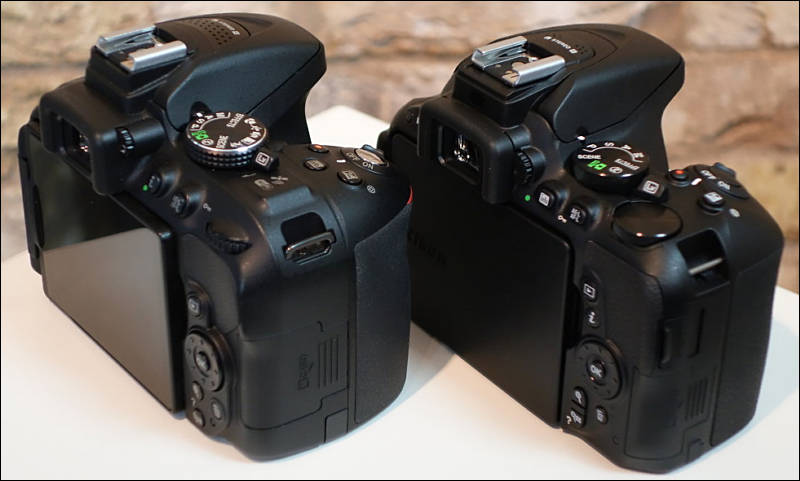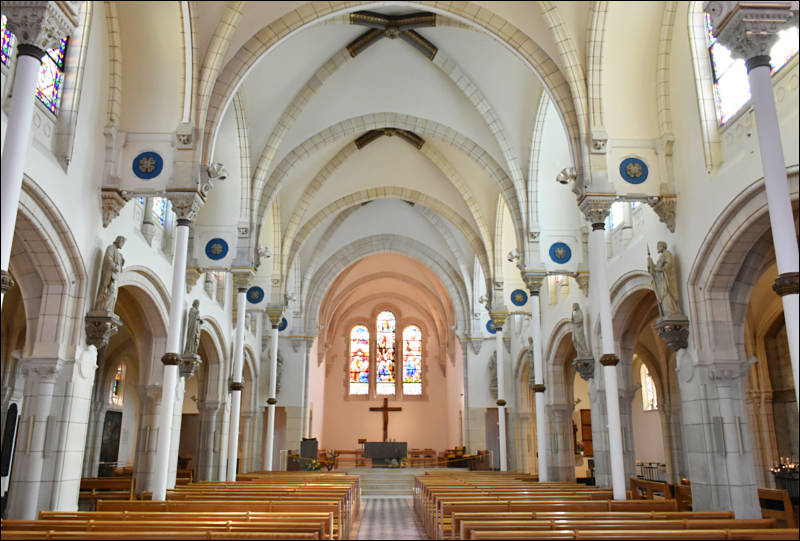
-
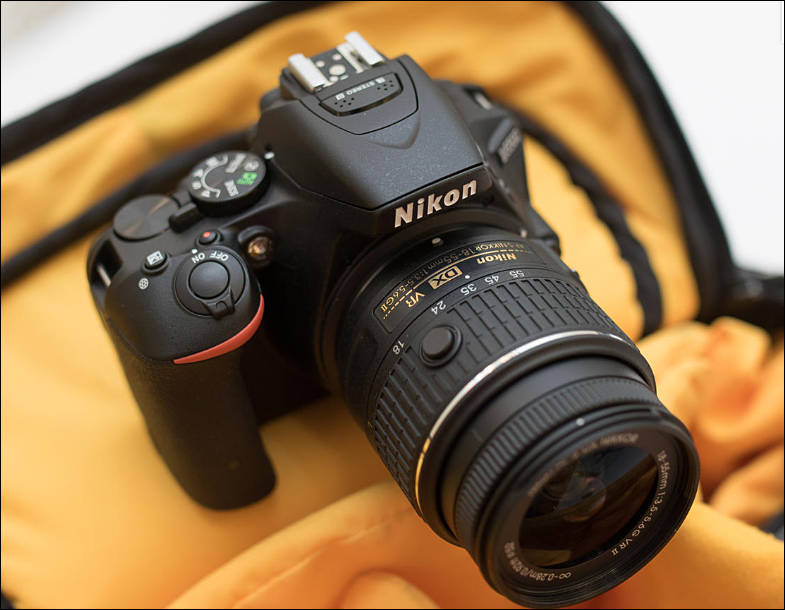
Specs
- Very small difference from D5300
- Same sensor and VF
- Time limited 1080p60
- Touch screen
- $900 for body only
- available at http://www.amazon.com/gp/product/B00RUBJUSK/
PR
A vari-angle monitor for which a touch-screen interface has been adopted
The D5500 is the first Nikon digital SLR camera for which a touch-screen interface has been adopted. This enables simple and intuitive operation by those who frequently use smart devices. It is equipped with a large and wide, 3.2-inch, approximately 1037K-dot TFT LCD vari-angle monitor with wide viewing angle. In addition to preserving more than sufficient visibility, the side-hinged vari-angle monitor opens up to 180° to the left, and can be rotated up to 90° clockwise, or up to 180° counter-clockwise while it is open. This ensures flexible shooting from a wide variety of angles, whether low or high, and even when capturing self portraits.
Touch Fn
One of eight frequently used camera settings (Focus-point selection, AF-area mode, Aperture, ISO sensitivity, etc.) can be assigned to this function for use with viewfinder shooting, enabling immediate modification of the assigned setting, and achieving practical operation by simply tapping or sliding a finger across the monitor while looking through the viewfinder.
A strong monocoque body, and the world’s smallest, lightest, and slimmest digital SLR camera equipped with a vari-angle monitor
A monocoque structure, with which the exterior serves as a frame that protects the internal structure with great strength, has been adopted for the D5500. Use of a carbon-fiber composite material for the front body, where important mechanisms such as the imaging unit are incorporated, and the front and rear covers not only ensures a light weight, but also preserves great strength and durability. In addition, positioning of the integrated circuit board, on which electronic components are mounted, and the imaging unit in nearly the same place, as well as optimization of drive unit positioning have helped to make the camera significantly slimmer. This, in turn, has enabled a deeper grip that provides a firmer, steadier hold on the camera, making it more portable and easier to handle.
A built-in Wi-Fi® function* that enables image transfer and remote shooting through collaboration with smart devices
The built-in Wi-Fi® function makes two-way wireless communications with smart devices such as smartphones and tablets possible. Full-scale photographic works (still images) captured with this digital SLR camera can be uploaded to a smart device from which they can be transferred or shared on SNSs via the Internet. In addition, the live view screen can be displayed on a smart device, enabling use of the smart device for a variety of applications, including capture of self portraits and group photos, as well as remote photography.
An effective pixel count of 24.2-million pixels, a Nikon DX-format CMOS sensor, and the EXPEED 4 image-processing engine enable superior image quality and excellent detail
Offering an effective pixel count of 24.2-million pixels and equipped with a Nikon DX-format CMOS sensor with no optical low-pass filter, the D5500 is able to capture images that make the most of the superior rendering capabilities of NIKKOR lenses. In addition, the EXPEED 4 image-processing engine richly reproduces colors from those in the darkest portions of the frame to those in the brightest portions of the frame for smooth changes between bright and dark portions, which results in images with excellent detail and a three-dimensional appearance. The camera supports a broad range of standard sensitivities, from ISO 100 to 25600, making capture of images exhibiting excellent detail with little noise possible, even in dark surroundings.
Even better functions and performance as a full-scale digital SLR camera
The D5500 offers the superior performance and wide variety of functions that make the rich power of expression, possible only with a full-scale digital SLR camera, possible.
Improved Picture Control System
Support for the new Flat Picture Control, the new Clarity adjustment item (for still images only), as well as the ability to apply adjustments in finer increments, greatly expand possibilities for imaging suited to the subject or user intent regarding expression.
Scene Recognition System
In order to increase the accuracy of auto control functions, scene information is analyzed using the 2016-pixel RGB sensor and the image sensor. This makes it possible for the autofocus system to accurately track moving subjects, it enables exposure control that takes highlights into consideration, and it makes extremely accurate white balance control possible. In addition, information acquired from the image sensor is used to achieve greater accuracy with exposure and AF control in live view mode (including movie live view).
High-speed continuous shooting.
The D5500 supports high-speed continuous shooting at up to 5 fps* for a maximum of 100 shots (JPEG).
Special Effects mode, to which Super Vivid, Pop, and Photo Illustration options have been added, for a total of ten effects that enable more creative expression
The D5500 is equipped with a Special Effects mode, with which effects can be selected and applied with recording of both still images and movies. Preview in the camera monitor before shooting or recording begins allows users to confirm the results of effect selection in the camera monitor in real time. With the addition of Super Vivid, Photo Illustration, and Pop options, the D5500 offers selection from a total of ten special effects. This allows users to easily enjoy dramatic effects like those seen in art and the movies. This mode was adopted to respond to the creative intent of users searching for a way to express their own unique style and creativity.
D-Movie function for recording 1920 x 1080/60p full-HD movies
The D5500 is equipped with a D-Movie function that supports recording of smooth 1920 x 1080/60p full-HD movies. In addition to recording via the built-in stereo microphone, the optional Stereo Microphone ME-1 can also be used to record high-quality stereo sound.
A built-in Vignette Control function that reduces illumination falloff at image peripheries
The D5500 is the first Nikon DX-format model to offer the Vignette Control function, which processes images to reduce the drop in brightness at the edges of frames (illumination falloff) that sometimes occurs due to the characteristics of photographic lenses.
-
Hands-on links
- http://www.engadget.com/2015/01/05/nikon-d5500-hands-on/
- http://www.theverge.com/2015/1/5/7492673/ces-2015-nikon-announces-the-d5500
- http://www.dpreview.com/articles/5296953047/hands-on-with-nikons-new-d5500
- http://www.steves-digicams.com/camera-reviews/nikon/d5500-dslr/nikon-d5500-dslr-review.html
- http://www.imaging-resource.com/PRODS/nikon-d5500/nikon-d5500A.HTM
- http://www.ephotozine.com/article/nikon-d5500-dx-format-dslr-with-touchscreen-26736
-
Hands on photos
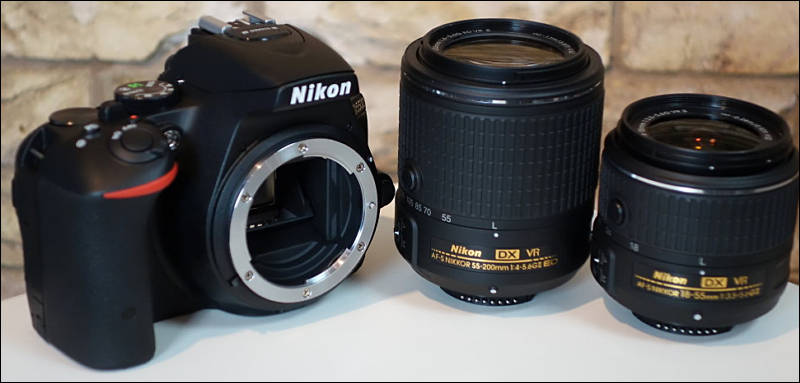

 var43.jpg800 x 383 - 42K
var43.jpg800 x 383 - 42K -

 pentax39.jpg800 x 535 - 79K
pentax39.jpg800 x 535 - 79K -
In stock now at
-
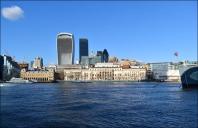
 samsung_nx517.jpg800 x 517 - 73K
samsung_nx517.jpg800 x 517 - 73K -

 samsung_nx549.jpg639 x 634 - 76K
samsung_nx549.jpg639 x 634 - 76K -

 came-mini8.jpg800 x 583 - 64K
came-mini8.jpg800 x 583 - 64K -
Today I'm a happy man. Bought the D5500. Had the D5200 for 2 years but all I can say about the D5500 is WOW! Definitely a step forward. Image and video quality is detailed and sharp even when sharpness in camera is turned to 0. The noise at high ISO (3200 and up) is something not to worry about at all, looks more like film grain instead of digital.
-

 nikon29.jpg800 x 526 - 71K
nikon29.jpg800 x 526 - 71K -

 nikon30.jpg800 x 514 - 90K
nikon30.jpg800 x 514 - 90K -
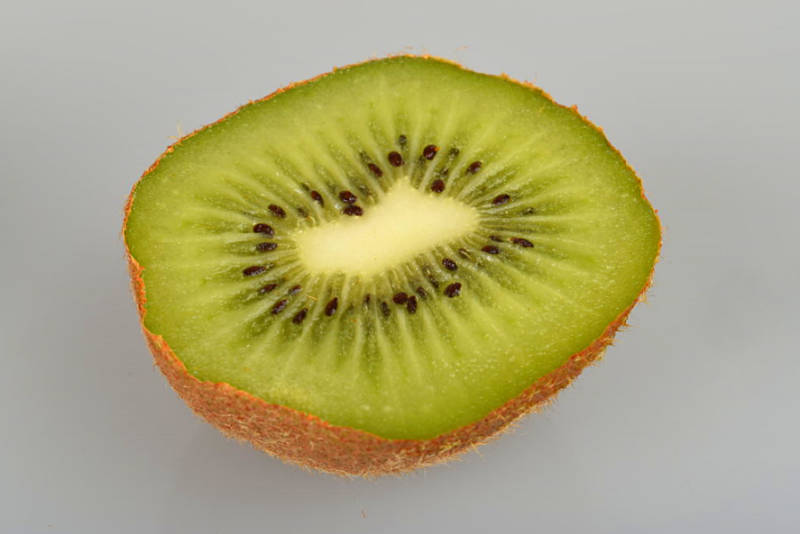
Nikon D5500 outperforms the competition with built in Wi-Fi, and a larger 3.2 inch touch-screen, and there is now noticeably improved battery life and noise performance. However, live view focus is still slow, with cameras like the Sony Alpha A65 and Panasonic Lumix G6 offering much quicker performance in live view modes. Combined with the compact 18-55mm VR II kit lens, as well as improved controls and handling, this is one of the best entries into Nikon Digital SLR shooting so far.
http://www.ephotozine.com/article/nikon-d5500-dslr-review-26939

 nikon32.jpg800 x 534 - 38K
nikon32.jpg800 x 534 - 38K -
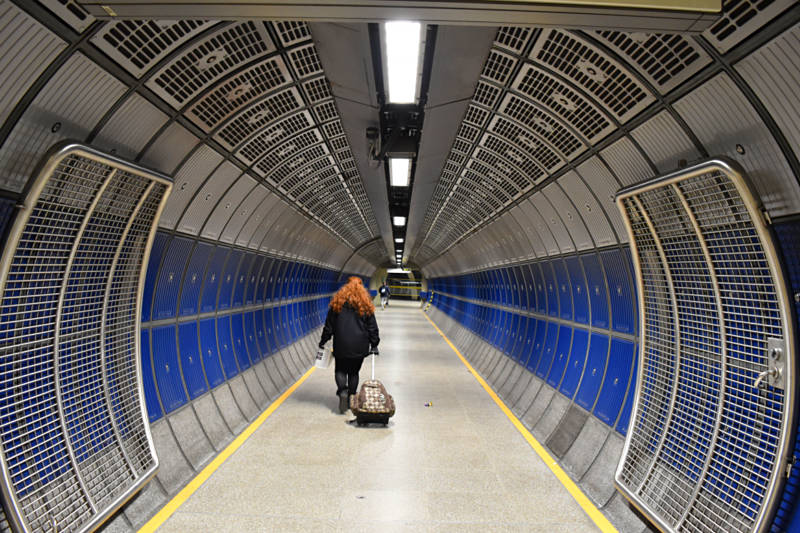
Nikon D5500 is a rather modest upgrade of the previous D5300 model, with the touchscreen, a smaller/lighter body, the new Flat Picture Mode, a few more Effects and Scene Modes and a slightly reconfigured control layout. Otherwise the core specs are the same as the previous model, so D5300 owners probably won't find enough to tempt them to upgrade, but just like its predecessor the D5500 offers a compelling mix of excellent image quality, straight-forward handling and quick performance, in an even lighter and more compact body.

 nikon33.jpg800 x 533 - 118K
nikon33.jpg800 x 533 - 118K -

Worthy upgrade is its revised 24 MP APS-C CMOS sensor which manages to deliver a full stop improvement in image-quality. Photographs from the Nikon D5500 are highly usable and can be printed very large at the bottom levels of the ISO range.

 nikon34.jpg800 x 531 - 107K
nikon34.jpg800 x 531 - 107K -
So far had no problems with the camera until this morning. It seems that the lens-flare issue with the D750 is also present in the D5500.
UPDATE: Just saw this same streak in other pictures at other angles, it seems to be a contrail in the sky.
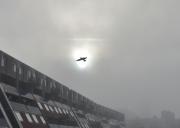
 DSC_0061.jpg1200 x 853 - 390K
DSC_0061.jpg1200 x 853 - 390K -
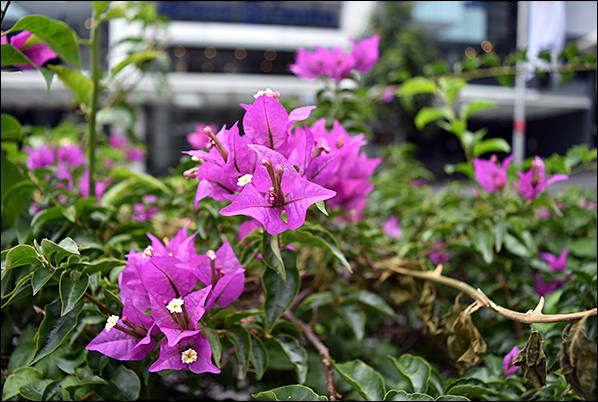
The D5500 is a competent camera that can meet most of the needs of its target market. Upgrading to the D5500 could be justified for buyers who skip a couple of generations, as well as owners of two or three year old D3*** models.
The main benefit of the D5500 over its predecessor is the touch screen interface, which is convenient but rather clumsy and slow. The size and weight differences between the D5500 and D5300 bodies are marginal but the new camera gives you much better battery capacity and a few additional in-camera processing options. But it lacks the in-camera GPS provided with the D5300.
http://photoreview.com.au/reviews/dslr-cameras/entry-level/nikon-d5500

 sales15.jpg598 x 402 - 63K
sales15.jpg598 x 402 - 63K -

 sales27.jpg800 x 688 - 103K
sales27.jpg800 x 688 - 103K -

Viewed against DSLRs in the same price bracket, the D5500 is pitched as you'd expect. Canon's rival EOS T6i / 750D costs almost exactly the same, shares (essentially) the same size sensor with the same resolution, features a fully-articulated touch-screen, the same sized viewfinder, same 5fps burst shooting and built-in Wifi. Dig down and you'll discover the D5500's screen is a bit larger and it has a built-in interval timer, but the EOS T6i / 750D focuses more confidently and quietly in Live View and movies, and also has NFC for easier Wifi configuration on compatible phones. Canon also offers the slightly more sophisticated EOS T6s / 760D for those who want a slightly bigger step-up from entry-level models. Only you can weigh-up which features are more important, but personally speaking as someone who shoots a lot in Live View, I find the quieter and better continuous AF of the Canon preferable.

 sales14.jpg800 x 549 - 81K
sales14.jpg800 x 549 - 81K
Howdy, Stranger!
It looks like you're new here. If you want to get involved, click one of these buttons!
Categories
- Topics List23,992
- Blog5,725
- General and News1,354
- Hacks and Patches1,153
- ↳ Top Settings33
- ↳ Beginners256
- ↳ Archives402
- ↳ Hacks News and Development56
- Cameras2,367
- ↳ Panasonic995
- ↳ Canon118
- ↳ Sony156
- ↳ Nikon96
- ↳ Pentax and Samsung70
- ↳ Olympus and Fujifilm101
- ↳ Compacts and Camcorders300
- ↳ Smartphones for video97
- ↳ Pro Video Cameras191
- ↳ BlackMagic and other raw cameras116
- Skill1,960
- ↳ Business and distribution66
- ↳ Preparation, scripts and legal38
- ↳ Art149
- ↳ Import, Convert, Exporting291
- ↳ Editors191
- ↳ Effects and stunts115
- ↳ Color grading197
- ↳ Sound and Music280
- ↳ Lighting96
- ↳ Software and storage tips266
- Gear5,420
- ↳ Filters, Adapters, Matte boxes344
- ↳ Lenses1,582
- ↳ Follow focus and gears93
- ↳ Sound499
- ↳ Lighting gear314
- ↳ Camera movement230
- ↳ Gimbals and copters302
- ↳ Rigs and related stuff273
- ↳ Power solutions83
- ↳ Monitors and viewfinders340
- ↳ Tripods and fluid heads139
- ↳ Storage286
- ↳ Computers and studio gear560
- ↳ VR and 3D248
- Showcase1,859
- Marketplace2,834
- Offtopic1,320


